-
Solving The Hard Problems of FP&A #3
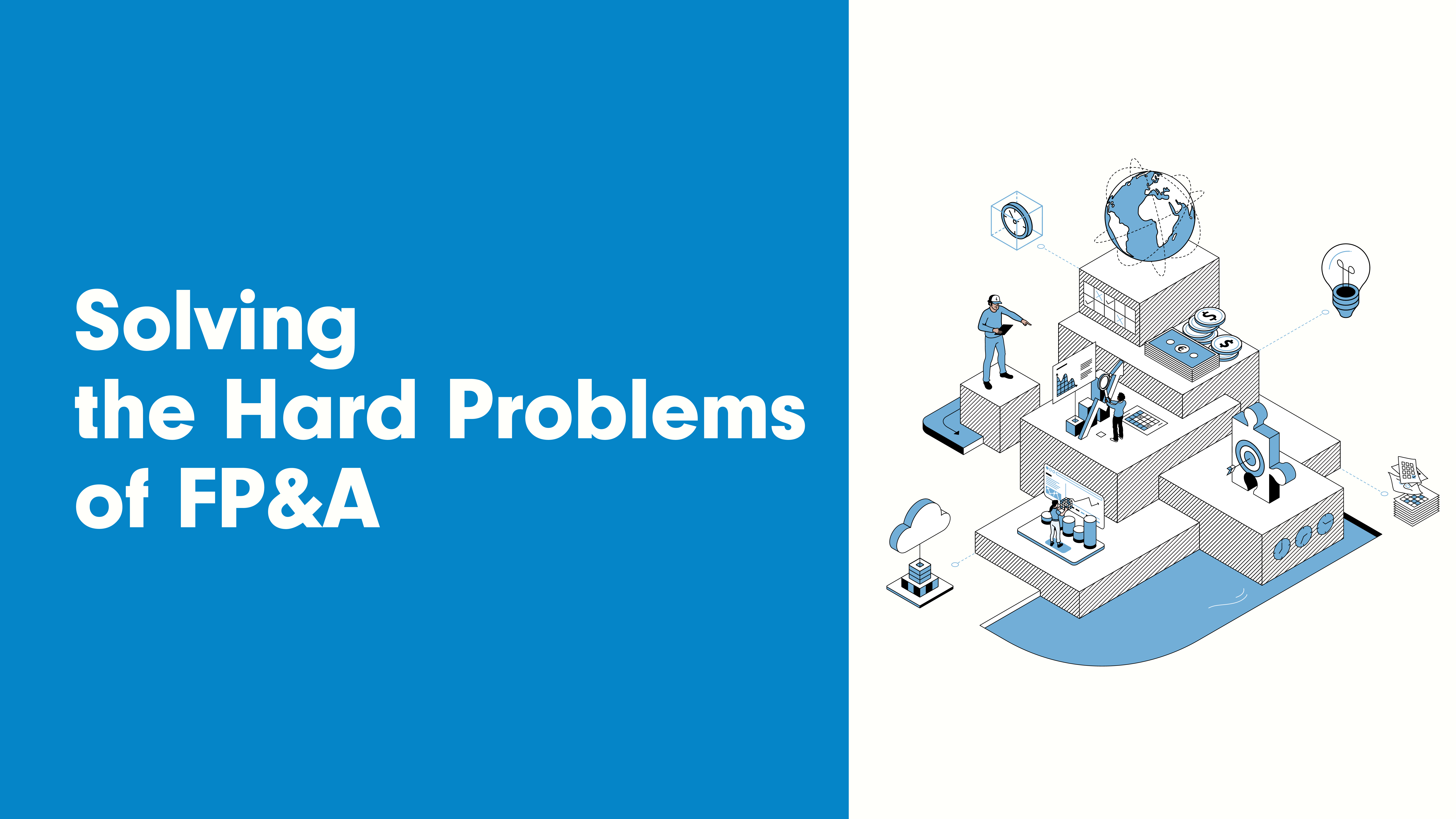
This series tackles the Hard Problems of FP&A, highlighting common distractions and offering solutions to complex challenges in the industry.
-
Solving The Hard Problems of FP&A #2

In this series, I’ll highlight the Hard Problems of FP&A. The second is What-If Analysis and Scenario Modelling, a key challenge in forecasting and decision-making.
-
Solving The Hard Problems of FP&A

This series tackles the Hard Problems of FP&A, highlighting common distractions and offering solutions to complex challenges in the industry.
-
AI Agents, WatsonX, and Python The Future of Planning Analytics with Nic Renotte
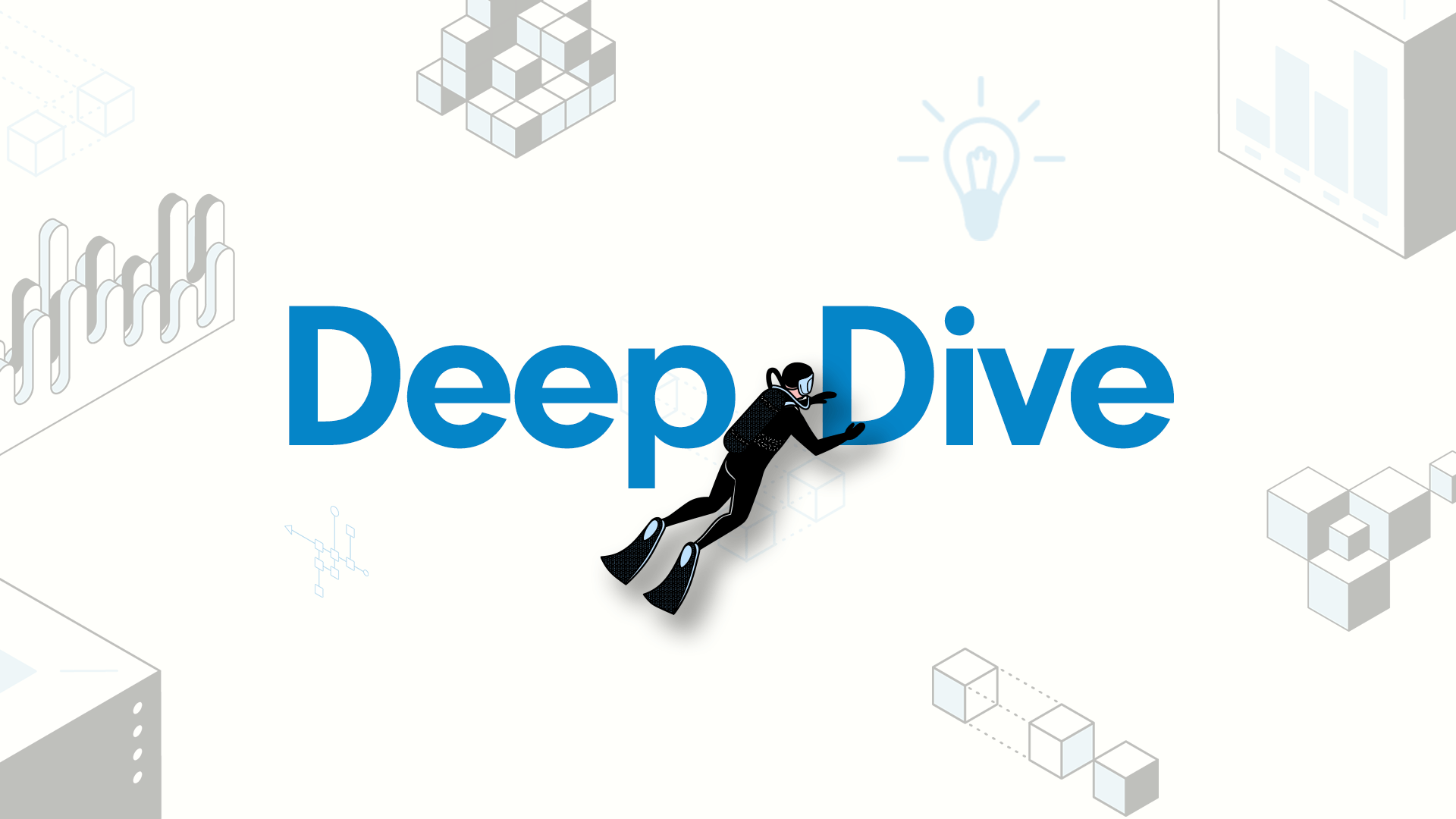
Here’s an in-depth discussion with Nic Renotte covering AI Agents, WatsonX, Python, and how these tools are revolutionalizing IBM Planning Analytics.
-
Text, Context, and Subtext: Building Better FP&A Models

Don’t overlook context and subtext when discussing model requirements.
-
Deep Dive: Master MDX: Dynamic Time Periods in Planning Analytics Workspace
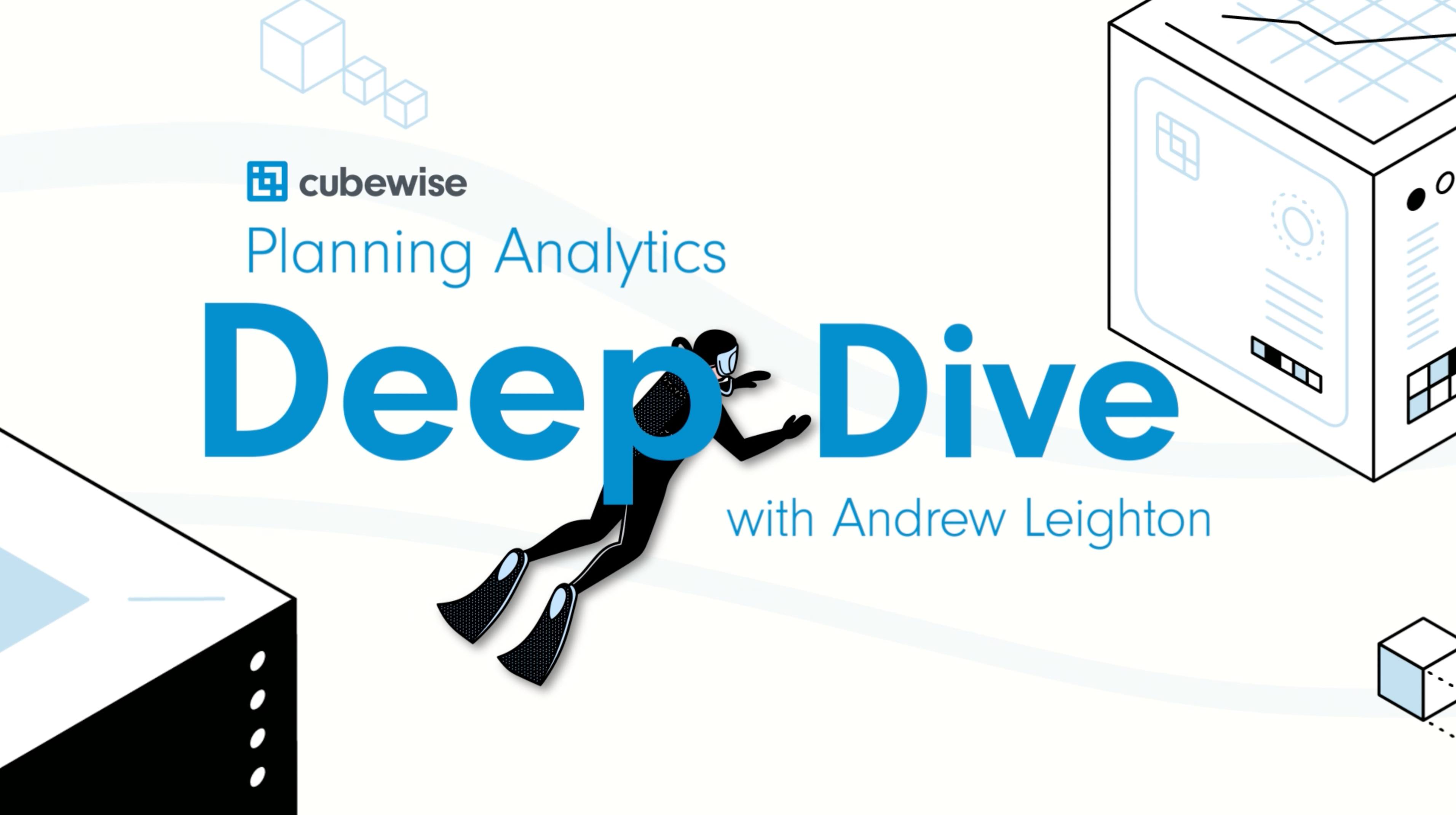
In this video, Andrew shares how to make dynamic time periods using MDX.
-
Deep Dive: Waterfall Charts in Planning Analytics Workspace

Aloha and welcome to another episode of the Planning Analytics Deep Dive with Andrew Leighton! In this video, Andrew will guide you through creating Waterfall charts in Planning Analytics Workspace.
-
Case Study with Procon Analytics: Transitioning from Excel to a customized FP&A solution
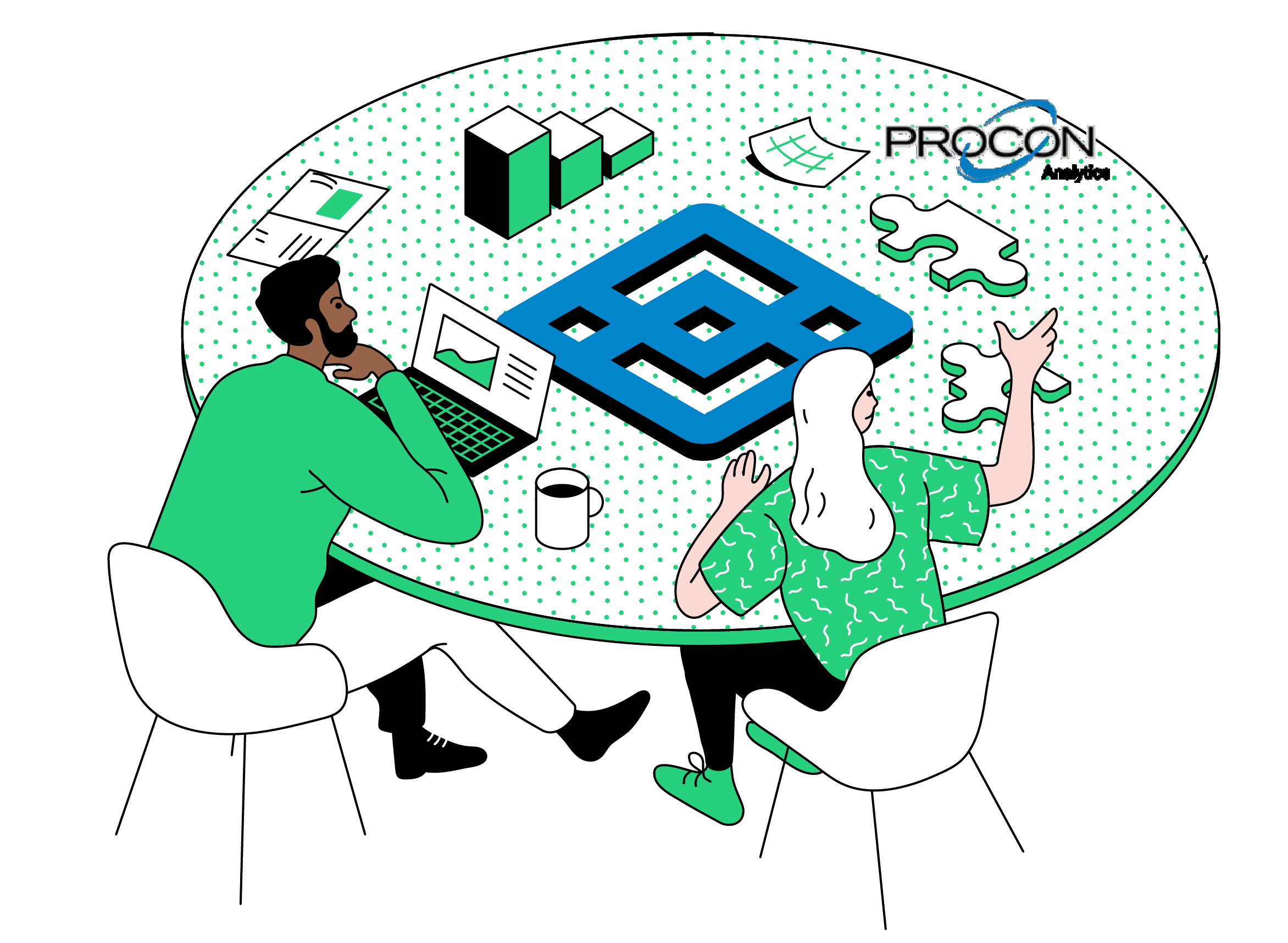
Read how Procon Analytics shifted from Excel-based planning to IBM Planning Analytics
-
White Paper: FP&A For Financial Services Companies Beyond the Basics
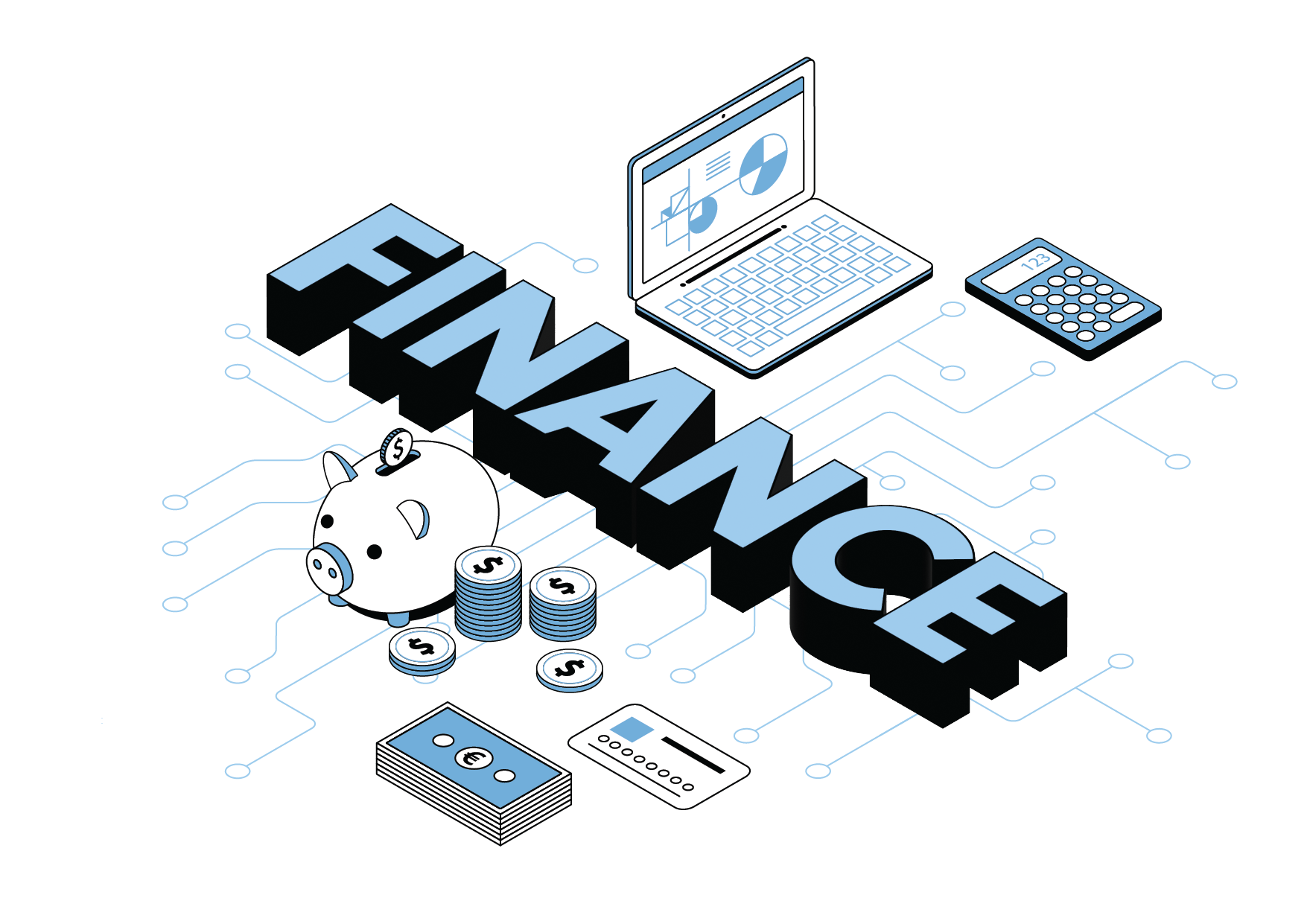
Financial Services companies have some unique challenges when analyzing financials and building forecasts. Check out this whitepaper for an in-depth look.
-
Hello, My name is Robin Stevens, and I am your TM1 Therapist!

As a career tech person, I have noticed a tendency for discussions to get bogged down in binary definitions of objective and subjective ideas, and, further, that the latter are often dismissed as irrelevant. I would like to change that. While my context is building planning models in TM1, the ideas here are widely applicable…